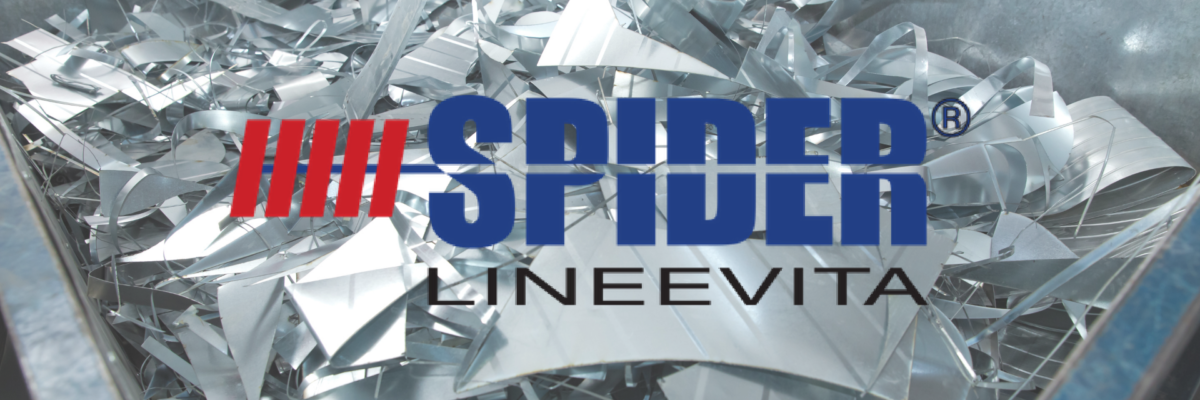
Aluminum alloys, belonging to light alloys, are alloys obtained by combining the elements aluminum and copper, zinc, manganese, silicon or magnesium.
These alloys are classified into nine series, according to the elements present in the alloy:
Series Description
1xxx Aluminum alloy with a minimum purity of 99.00%
2xxx Aluminum – copper alloys (Al – Cu)
3xxx Aluminum – manganese alloys (Al – Mn)
4xxx Aluminum – silicon alloys (Al – Si)
5xxx Aluminum – magnesium alloys (Al – Mg)
6xxx Aluminum – silicon – magnesium alloys (Al – Si – Mg)
7xxx Aluminum – zinc alloys (Al – Zn)
8xxx Aluminum alloys and other elements
9xxx Series reserved for future use
The main characteristics of aluminum alloys are:
low density: the specific weight is in fact among the lowest (about 2700 kg / m³ against 7850 kg / m³ of steel);
high ductility;
high thermal and electrical conductivity;
low melting point (about 660 ° C);
good corrosion resistance.
Aluminum is a very reactive metal with a strong affinity to oxygen. Aluminum alloys are characterized by a high resistance to generalized corrosion in atmospheric environments and to a good variety of chemical agents. This corrosion resistance is due to the protective and inert character of the aluminum oxide (alumina) layer which forms a compact film on the metal surface.
In aggressive environments (e.g. acidic or alkaline), however, these alloys can suffer from certain forms of corrosion. For such applications, aluminum alloys can be treated with processes such as anodizing or the application of protective paints (primers).
Conclusion
It is of fundamental importance, in the design phase of the fall arrest system, to correctly choose the products (and the material) according to the environment and the surrounding conditions in which they will have to operate.
It is a priority to monitor the state of health of the anchoring devices and fall arrest systems through periodic inspection interventions carried out by competent authorized personnel according to the intervals prescribed by the Manufacturer. Given the outcome of the periodic inspection and depending on the progress of any corrosive phenomena detected, it may be necessary to replace the oxidized elements.
 Agevolazioni
Agevolazioni  Events
Events